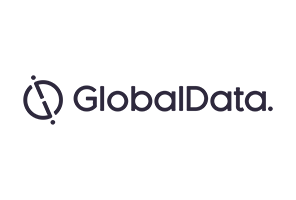Aerie Pharmaceuticals’ recently announced safety and efficacy results from the Mercury 1 and Mercury 2 Phase III trials for Roclatan (netarsudil/latanoprost ophthalmic solution), placing it in a strong position to submit a new drug application (NDA) for the developmental glaucoma treatment in H1, 2018.
Glaucoma is the leading cause of vision loss worldwide. Raised intraocular pressure (IOP) is the predominant risk factor for glaucoma, and the progression of the disease will stop if the IOP is lowered by 30%-50%.
Current treatment options for glaucoma are designed to reduce the IOP, with eye drops used as a first-line treatment. The standard of care (SOC) for glaucoma treatment is eye drops containing the prostaglandin analogue (PGA), latanoprost. Other eye drops are available containing alternative PGAs, β-blockers, α adrenergic agonists, cholinergic agonists, and carbonic anhydrase inhibitors (CAI).
Patient compliance can be an issue in glaucoma, so monotherapies are also available as part of a combination therapy containing multiple treatment classes.
Aerie Pharmaceuticals’ Roclatan is a once-daily combination therapy that contains the SOC latanoprost and a new molecular entity (NME) in development by Aerie, Rhopressa (netarsudil).
As a ROCK/NET inhibitor, Rhopressa lowers the IOP through a unique mechanism of action (MOA) to current glaucoma treatment options. It was shown to be non-inferior to the β-blocker timolol in Phase III trials completed in 2015.

US Tariffs are shifting - will you react or anticipate?
Don’t let policy changes catch you off guard. Stay proactive with real-time data and expert analysis.
By GlobalDataIn the recently announced results from the Mercury 2 Phase III trial, Roclatan was observed to be statistically superior to both latanoprost and Rhopressa with respect to a reduction in IOP. More specifically, patients who had received Roclatan had had an average IOP that was 1.8mmHg lower than those receiving latanoprost, and 2.7mmHg lower than those receiving Rhoppressa.
Roclatan was also shown to have a strong 12-month safety profile, with no further adverse events observed after the 90 day efficacy endpoint in the Mercury 1 Phase III trial. Based on the results of these Phase III trials, Aerie expects to submit an NDA for Roclatan to the US Food and Drug Administration (FDA) in H1, 2018.
Aerie’s Roclatan may face competition from Valeant Pharmaceuticals’ Vyzulta (latanoprostene bunod ophthalmic), a latanoprost analogue that is chemically modified to contain a NO-donating moiety.
Similarly to Roclatan, Vyzulta also offers a novel MOA over existing treatment options for glaucoma. It was shown in Phase III trials to be superior to timolol with respect to lowering IOP.
Valeant submitted an NDA for Vyzulta in 2016, with the FDA target action date set as 24 August 2017, meaning that Valeant may be able to benefit from an earlier launch than Aerie’s developmental treatments. However, the direct comparison of Roclatan to the SOC treatment latanoprost in Phase III trials could be an important factor for consideration by physicians when choosing between the two treatments, and may work in Aerie’s favour over the long term.




